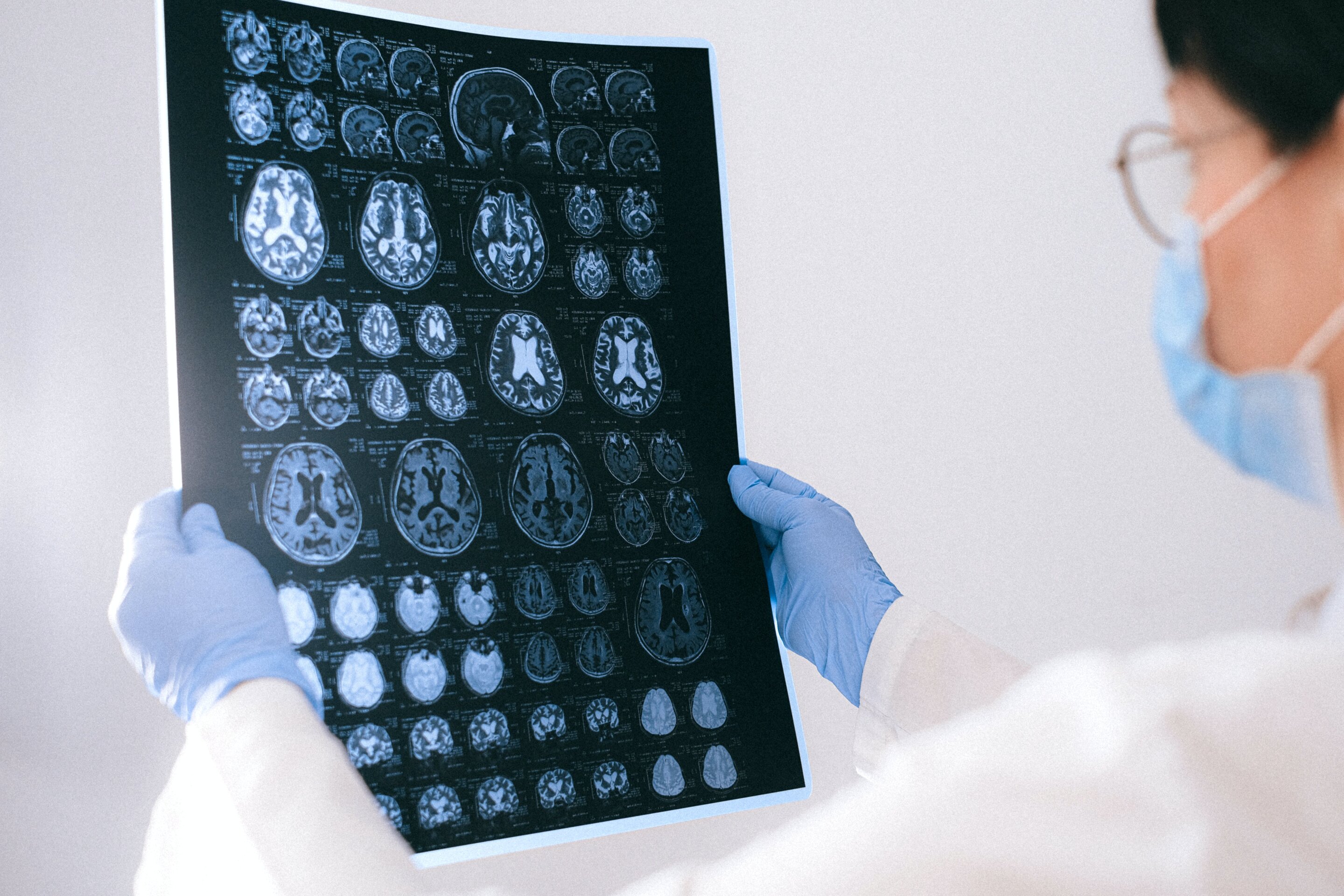
MORGANTOWN, W.Va. - A woman undergoes ultrasound therapy inside an MRI machine with the help of high-tech goggles and a helmet equipped with special probes. The images she sees are designed to trigger cravings for drugs such as heroin, cocaine, and pain pills (Source 1). This innovative use of ultrasound technology is being explored as a potential treatment for addiction. However, it's important to note that this therapy is still in its infancy and more research is needed to determine its effectiveness and safety.
Meanwhile, radiation therapy continues to be a proven method for treating brain tumors (Source 2). Most patients receive one of two types: external beam radiation or stereotactic radiosurgery. The latter uses 3D imaging to target high doses of radiation to the tumor with minimal impact on surrounding healthy tissue. There are different ways to deliver stereotactic radiosurgery, including Gamma Knife, linear accelerator, and proton beam therapy.
Advances in neuroscience and drug discovery could benefit patients with Alzheimer's disease (Source 3). The Belfer Neurodegeneration Consortium is a multi-institutional initiative between MD Anderson, MIT, the Icahn School of Medicine at Mount Sinai, Baylor College of Medicine, and New York University. Launched in 2012 with a $25 million gift from Robert Belfer and the Belfer family, its goal is to gain a deeper understanding of neurodegenerative diseases and translate those findings into effective therapeutic interventions. MD Anderson's Therapeutics Discovery division brings together scientists, clinicians, and drug development experts to advance new therapies.
Alzheimer's disease and age-related diseases could affect future cancer research and care due to limited healthcare resources. Interestingly, cancer and Alzheimer's disease share risk factors and have similar biological pathways of disease. Therefore, therapies studied for Alzheimer's may also have potential for treating cancer.
The consortium is helping launch the NeuroHealth Initiative at MD Anderson to study the brain and the nervous system to understand what happens when patients develop memory loss and neuropathy during chemotherapy and radiation treatment. Over the past decade, it has pursued over 40 drug discovery projects, with five advancing to the next stage.
The consortium's goals for the next 10 years include developing five new drugs to treat Alzheimer's and related diseases, with two of those drugs showing meaningful evidence of changing the course of the disease. Currently, it is running 12 projects targeting various aspects of Alzheimer's.

